Tangerine Sage Plant Info: How To Grow Tangerine Sage Plants


Tangerine sage plants (Salvia elegans) are hardy perennial herbs that grow in USDA plant hardiness zones 8 through 10. In cooler climates, the plant is grown as an annual. Highly ornamental and relatively speedy, growing tangerine sage couldn’t be easier, as long as you meet the plant’s basic growing conditions. Read on to find out how to grow tangerine sage.
Tangerine Sage Plant Info
Tangerine sage, also known as pineapple sage, is a member of the mint family. This is a good time to mention that although not as wildly invasive as many of its mint cousins, tangerine sage can be somewhat aggressive in certain conditions. If this is a concern, tangerine sage is easily grown in a large container. This is a good-sized plant, topping off at 3 to 5 feet (1-1.5 m.) at maturity, with a 2 to 3 foot (61-91 cm.) spread. Butterflies and hummingbirds are attracted to the red, trumpet-shaped flowers, which appear in late summer and autumn.
How to Grow Tangerine Sage
Plant tangerine sage in moderately rich, well-drained soil. Tangerine sage thrives in sunlight, but also tolerates partial shade. Allow plenty of space between plants, as crowding inhibits air circulation and may lead to disease. Water tangerine sage as needed to keep the soil moist after planting. Once the plants are established, they are relatively drought-tolerant but benefit from irrigation during dry weather. Feed tangerine sage plants with an all-purpose, time-release fertilizer at planting time, which should provide nutrients to last throughout the growing season. If you live in a warm climate, cut tangerine sage plants to the ground after blooming ends in autumn.
Is Tangerine Sage Edible?
Absolutely. In fact, this sage plant (as you may have guessed) has a delightfully fruity, citrus-like aroma. It is frequently incorporated into herbal butter or fruit salads, or brewed into herbal tea, much like its minty cousins. Other uses for tangerine sage include dried flower arrangements, herbal wreaths, and potpourri.
Gardening tips, videos, info and more delivered right to your inbox!
Sign up for the Gardening Know How newsletter today and receive a free copy of our e-book "How to Grow Delicious Tomatoes".

A Credentialed Garden Writer, Mary H. Dyer was with Gardening Know How in the very beginning, publishing articles as early as 2007.
-
 Try The Trend – Turn Any Bed Into A Keyhole Garden With This Clever In-Ground Composter
Try The Trend – Turn Any Bed Into A Keyhole Garden With This Clever In-Ground ComposterKeyhole gardening is an efficient and sustainable practice that saves space. Get started on this DIY project quickly and easily with an in-ground composter.
By Bonnie L. Grant
-
 4 Superfast Composting Methods: Turn Waste Into Garden Gold In 30 Days Or Less
4 Superfast Composting Methods: Turn Waste Into Garden Gold In 30 Days Or LessTry the fastest composting methods to turbocharge your pile and transform kitchen scraps and garden waste into finished compost in just a few weeks.
By Mary Ellen Ellis
-
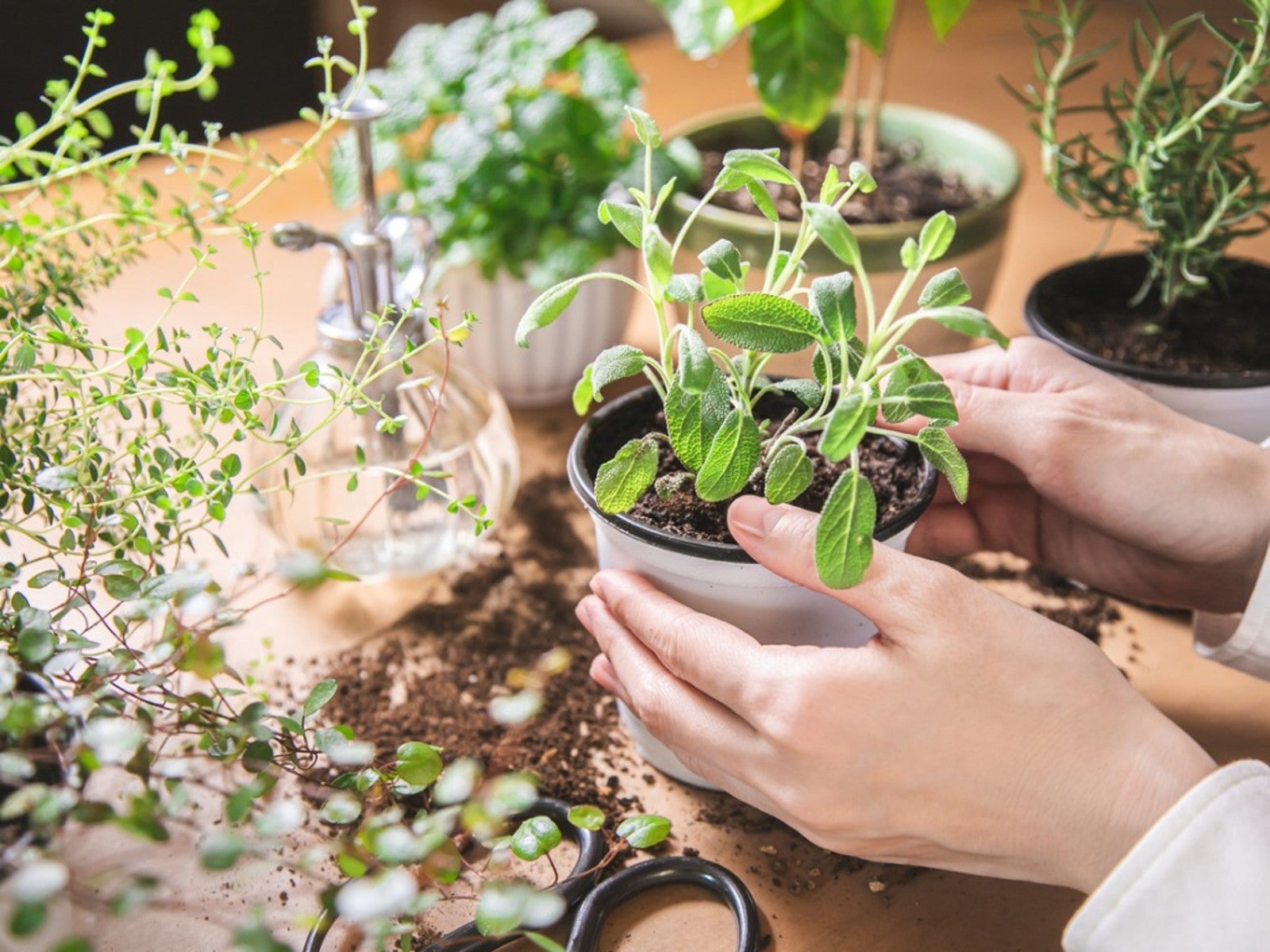 Propagating Sage: How To Grow Sage From Cuttings And Seed
Propagating Sage: How To Grow Sage From Cuttings And SeedOne of the best ways to acquire new plants is by propagating sage from existing ones. Read on to learn how.
By Laura Miller
-
 Picking Sage Herbs – When Should I Harvest Sage Herbs
Picking Sage Herbs – When Should I Harvest Sage HerbsSage is a versatile herb that is easy to grow in most gardens. It looks nice in beds but you can also harvest leaves to use dried, fresh or frozen. If growing to use in the kitchen, know when to pick sage and how to harvest it for the best results. This article will help with that.
By Mary Ellen Ellis
-
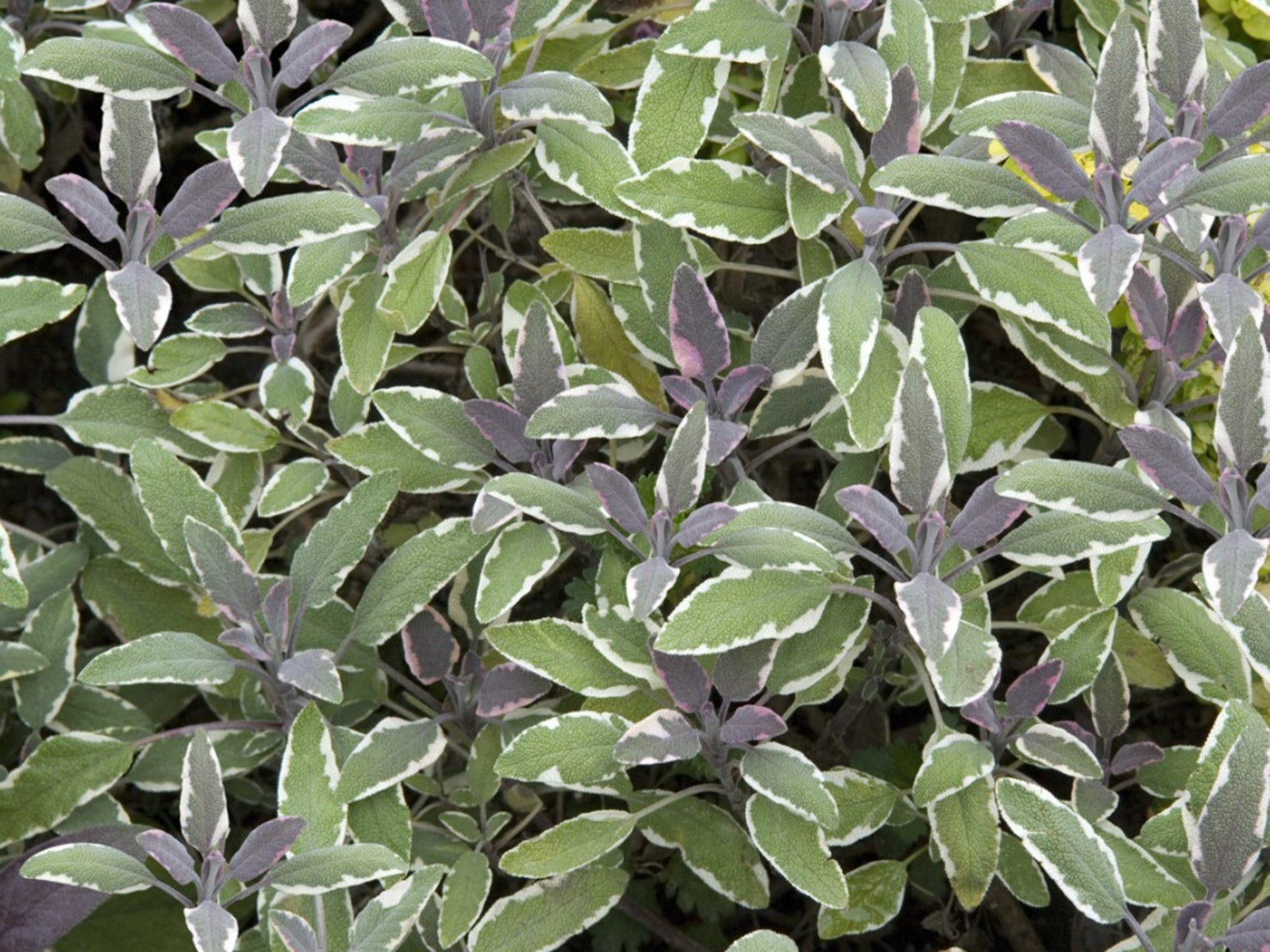 Tricolor Sage Herb – Tips On Growing Tricolor Sage Plants
Tricolor Sage Herb – Tips On Growing Tricolor Sage PlantsMany gardeners simply stick to green sage, but an interesting alternative that's gaining some real traction is tricolor sage. Tricolor sage plants do double duty as a culinary herb and as an ornamental. Learn more about growing tricolor sage in this article.
By Liz Baessler
-
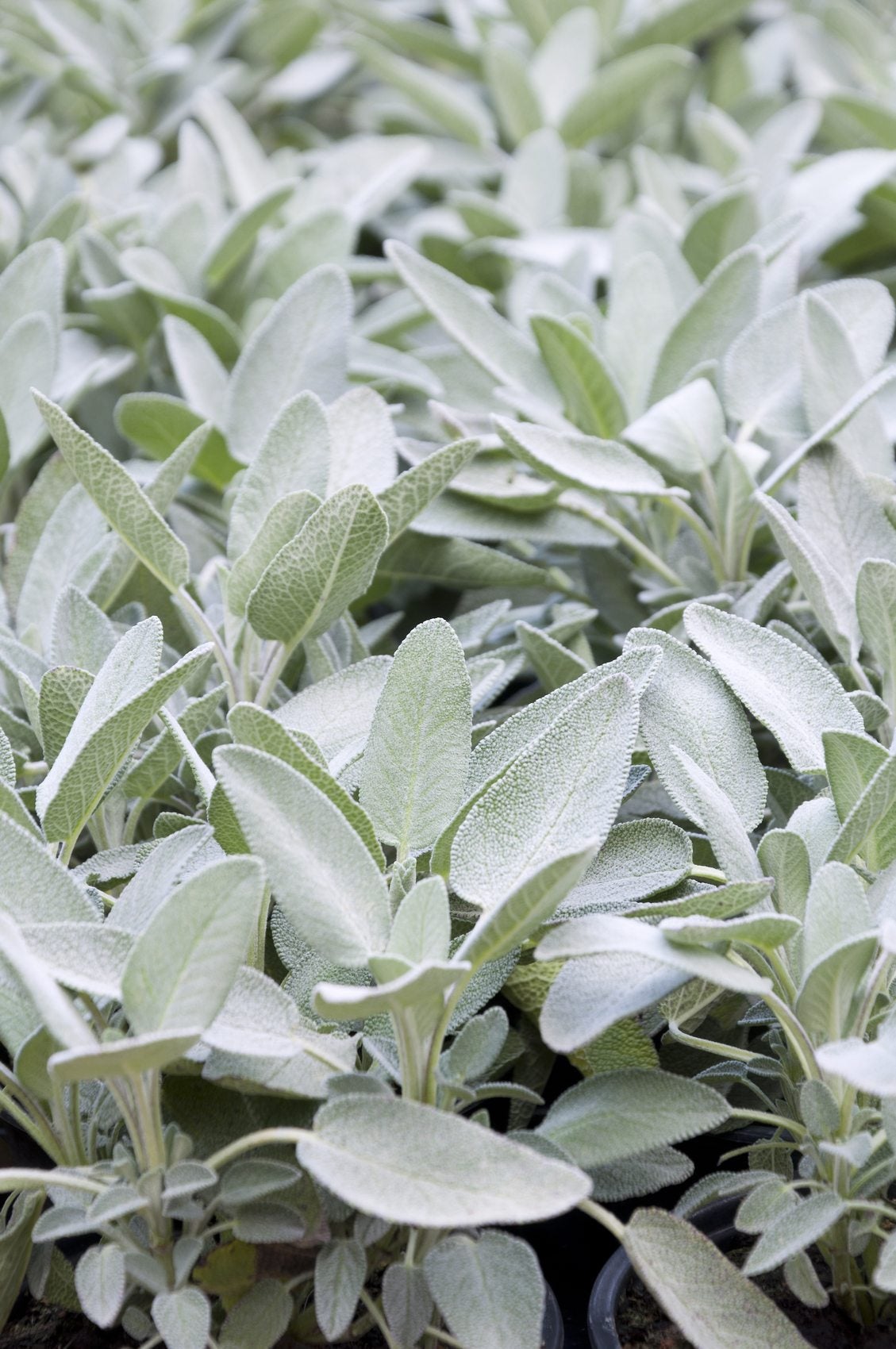 Sage Plants For Gardens: Learn About Different Types Of Sage
Sage Plants For Gardens: Learn About Different Types Of SageThere are many different types of sage. Some are culinary, some have medicinal properties and some are grown purely for ornamental purposes. All of these sage plants work well for gardens. Find out about sage plant varieties and their uses in this article.
By Amy Grant
-
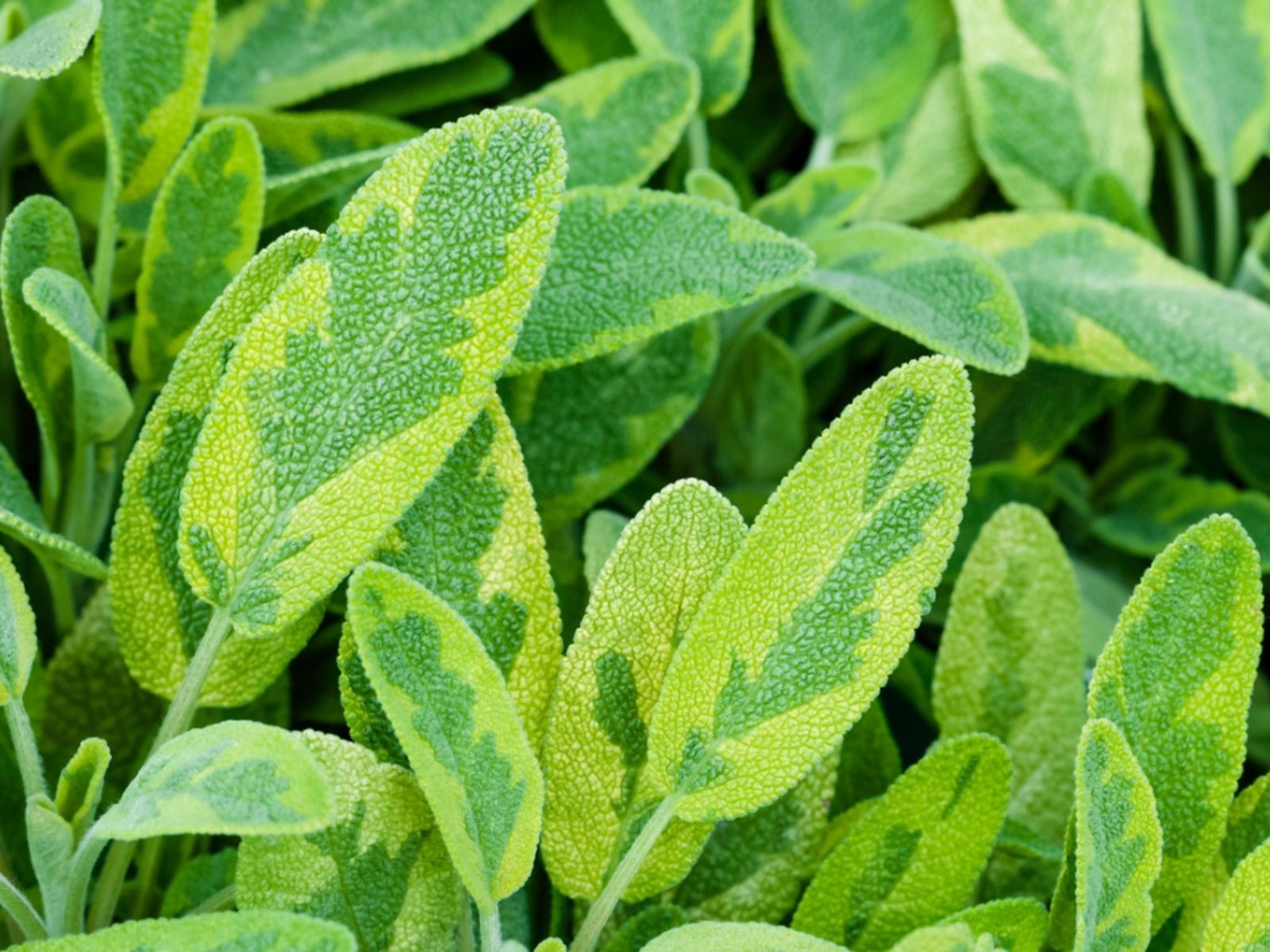 Golden Sage Care: How To Grow A Golden Sage Plant
Golden Sage Care: How To Grow A Golden Sage PlantGolden sage has the same aromatic and flavor properties of traditional sage but boasts lovely variegated leaves that are a contrast from the grayish leaves of common garden sage. Learn more about golden sage in this article.
By Bonnie L. Grant
-
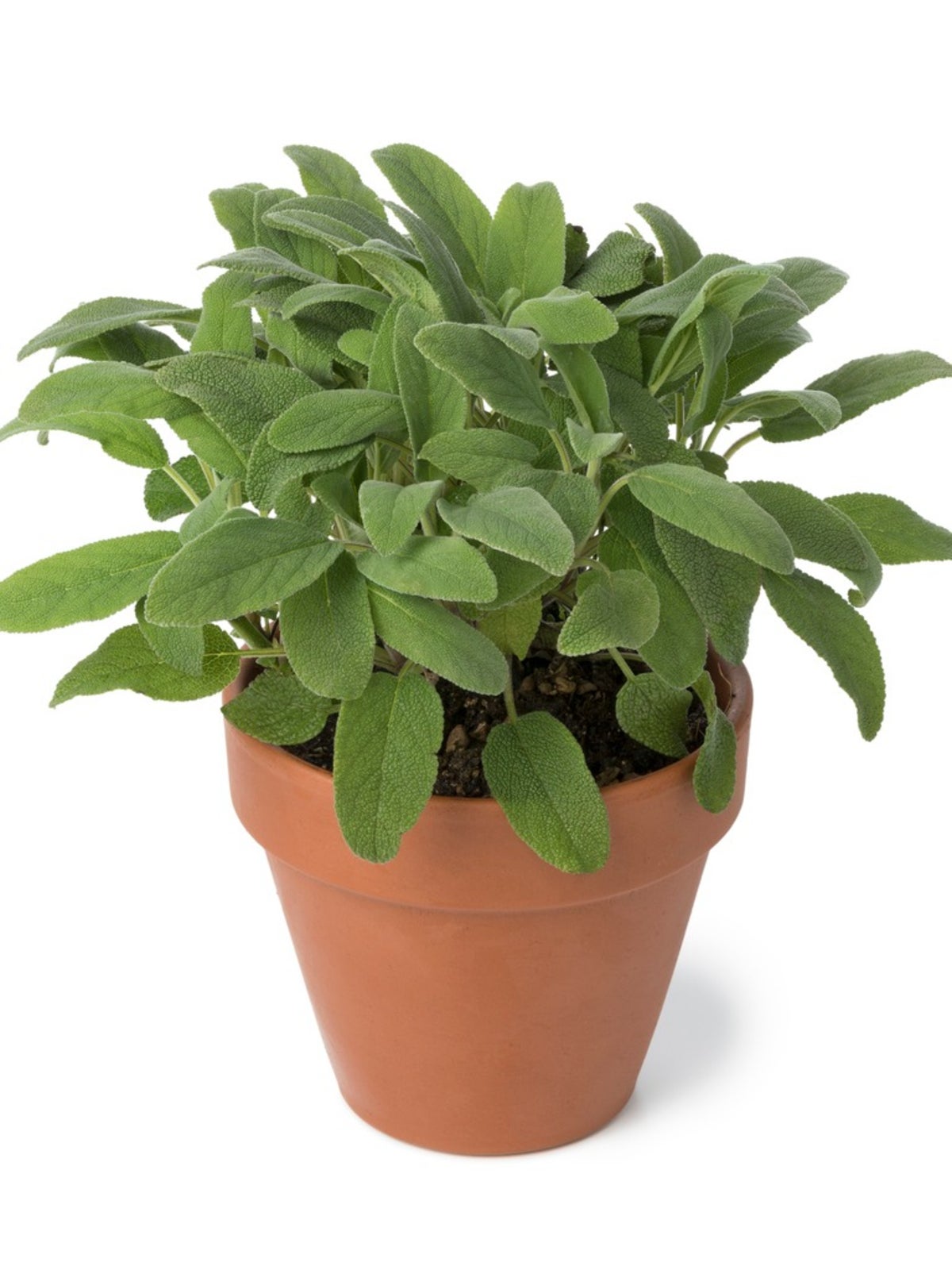 Care Of Potted Sage Herbs - How To Grow Sage Plant Indoors
Care Of Potted Sage Herbs - How To Grow Sage Plant IndoorsSage is commonly used in poultry dishes and stuffing, especially during the winter holidays. Perhaps you've wondered, "Can sage be grown indoors?" The answer is yes. Learn about growing sage indoors here.
By Becca Badgett
-
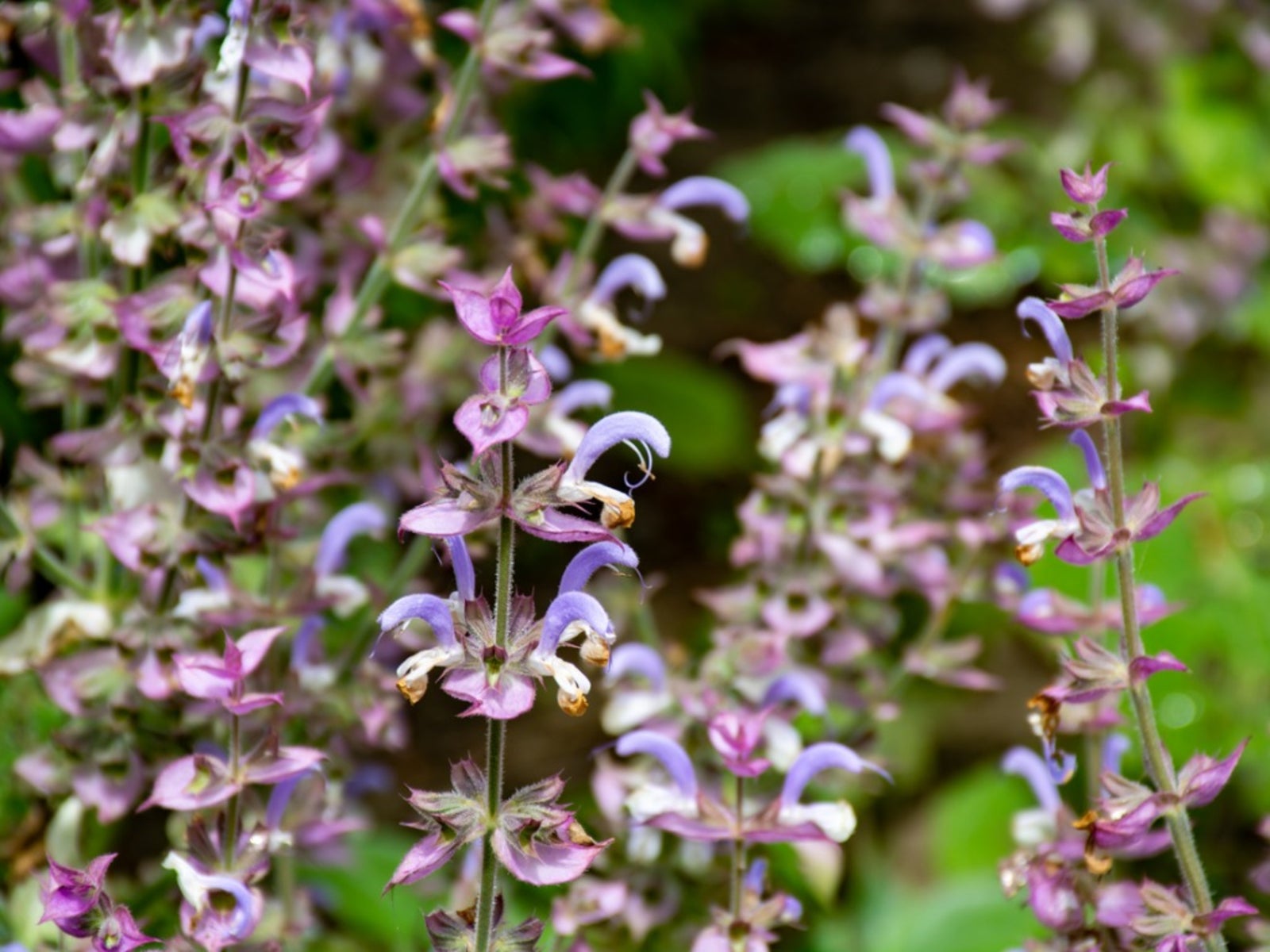 Growing Clary Sage: Enjoying The Clary Sage Herb In Your Garden
Growing Clary Sage: Enjoying The Clary Sage Herb In Your GardenClary sage plant has a history of use as a medicinal, flavoring agent and aromatic. To learn more about the herb and its uses, as well as how to grow clary sage, the information in this article will help.
By Bonnie L. Grant
-
 Tips On How To Grow Pineapple Sage
Tips On How To Grow Pineapple SageLeaves of pineapple sage emit the fragrance of pineapple, hence comes the common name of the pineapple sage plant. The easy care of pineapple sage is one more reason to have it in the garden. Click here for more.
By Becca Badgett